In the book that I'm working on, one of my primary themes is that ideas behave just like viruses or bacteria in a number of important ways. As well, the differences in pathways that they use and the impact of technology on those pathways are also important to consider.
Living organisms are defined by the genetic material contained within their cells. For humans, there are over two billion bits of information that define our organic structure. Evolution has constantly played with the data through endless random experiments that, as Darwin noted, were selectively pressured in or out of existence through competition between the organisms and others that inhabit their environment. The combination of heredity, random mixing, and mutation have essentially made us what we are today.
Infectious agents, like viruses or bacteria can enter our organic home and have either beneficial or detrimental effects. Bacteria cells outnumber our own body's cells by ten to one and in many cases provide us with essential processes and chemicals needed for our healthy existence.
Inoculations are also infections albeit, mildly potent, just strong enough to teach our body’s immune system the signature of a dangerous pathogen so that it can be fore-armed against invasion. We can think of both cases, good and bad invaders, as extensions to the information set contained within our genome. The genetic information contained within the vaccine is added to our body to teach it a new trick.
The pathways used by infectious agents can be through our orifices (mouth, nose, etc.) or injected by needle into our bloodstream. A handshake can deliver a cold. The deliverer of the handshake could have taken a bus or plane to meet us.
In the Noosphere (the universe made up of ideas and thoughts), the addition of information to an organism can be considered identically, but travelling over different pathways, through our eyes or ears, delivered in some cases by radio or podcast. Also, in a similar way, it can educate us and protect us, or it can harm us.
Communications technology that heralded the industrial revolution with Gutenberg's movable type press, has increased the speed of "idea" infections in a similar way to how the airplane has facilitated the movement of Ebola from one continent to another. But, the most recent innovation of the Internet has clearly challenged our ability to absorb and defend against "idea" pathogens as has never happened before.
An illustrative example of how this works can be found in a company called "Cure Violence."
Gary Slutkin, MD is the founder of Cure Violence and he also serves as Professor of Epidemiology and International Health at the University of Illinois at Chicago School of Public Health. As a medical researcher, Dr. Slutkin was used to looking at maps that showed the spread of epidemics in the process usually involved in finding “Patient Zero” where the first infection occurred. He applied these skills back in the 1980s while working for the Tuberculosis Program at the San Francisco Health Department.
Subsequently, he noticed that maps of violence in Chicago had similarities to those of epidemics and he postulated that similar techniques used to successfully control epidemics could be used to control the spread of violence (Slutkin, 2013). He postulated that “maybe violence is just a disease.”
He created a strategy that enlisted people that could “find first cases, and then interrupt transmission from those first cases.” His early efforts showed a 67% drop in neighborhood killings and his processes have been replicated over 20 times with observed reductions ranging from 30% to 50%.
His work has been featured in Studs Terkel’s Will the Circle be Unbroken and he speaks of his work in a TED talk.
Thinking about ISIS and other infectious thought agents in their "biological" sense can help us to better define strategies for immunizing members of society who lack adequate immunity (or education) to deal with the infection. For Ebola, we used quarantine followed by immunization. For ISIS we should be following a similar strategy. However, quarantine for ideas is more about restricting their access to pathways and immunization is more about education.
This is a new challenge for society. Never before have we been so inundated with potentially harmful, or useful, information. Strategies that immunize the weakest in society are essential to deal with the newly available pathways for "idea" infection.
